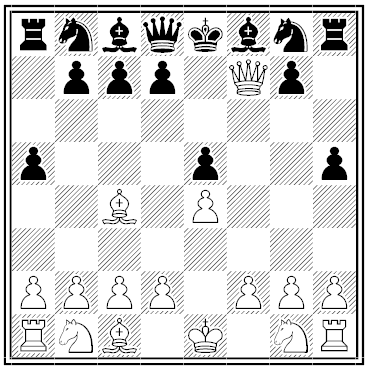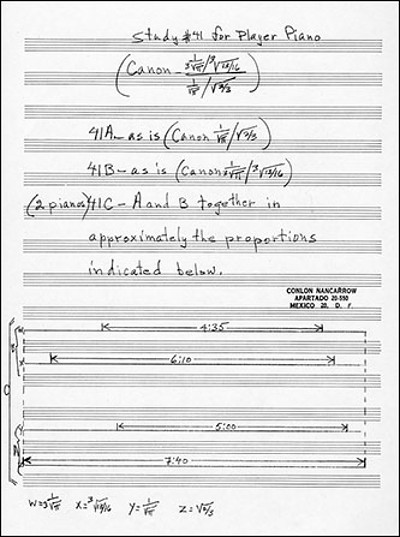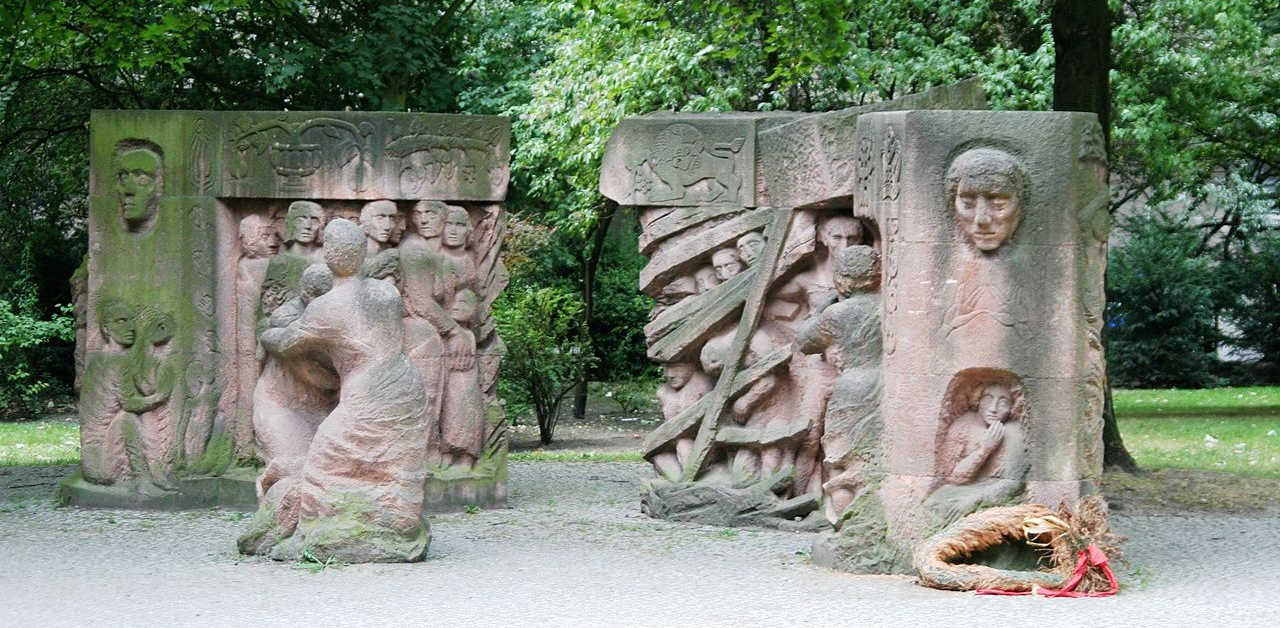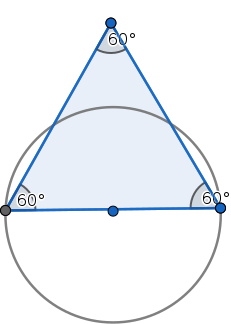“Not ignorance, but ignorance of ignorance, is the death of knowledge.” — Alfred North Whitehead
Author: Greg Ross
No Comment
In 1958, momentarily exasperated at the jargon that afflicted behavioral science, Harvard sociologist Daniel Bell typed up an impenetrable paper titled “The Parameters of Social Movements: A Formal Paradigm”:
The purpose of this scheme is to present a taxonomic dichotomization which would allow for unilinear comparisons. In this fashion we could hope to distinguish the relevant variables which determine the functional specificities of social movements. Any classificatory scheme is, essentially, an answer to some implicit other scheme. In this instance, it is an attempt to answer the various hylozoic theories which deny that social categories can be separable.
He divided social movements into two types, the homologous and the metonymous. Homologous movements are distinguished by structural variables (monocotyledonous and dicotyledonous), matrix variables (ultramontane and anti-nomian), and process variables (syncretistic and diastrophic). Metonymous movements, by contrast, are marked by goal definitions (transcendental or eschatological), a matrix of change that’s quietistic or chiliastic (the latter either sectarian or lacrimatarian), and a mode of change that’s immanent or informed by kairos (diastasis).
“I sent it off to two sociological friends, who I thought would appreciate it, and one sent me back a serious letter about some of the categories, while the other, not knowing whether it was a spoof or not, wrote: ‘You are too good a sociologist not to have created something which itself is quite useful.'”
(From Dwight Macdonald, Parodies, 1960.)
Landscapes
Alexandra Kehayoglou makes carpets that evoke the topography of her native Argentina: grasslands, waterways, and glaciers. Her family opened a conventional carpet company there in 1956, and she discovered she could use scraps from their work to create “tactile canvases.” Each piece is composed by hand from discarded or surplus wool on a vertical frame, using a tufting gun and carpet scissors.
Her work often draws attention to natural areas altered by human activity in Argentina, such as the Raggio Creek north of Buenos Aires, destroyed for a shopping mall, or the Santa Cruz River, the last free-flowing wild river in the country, proposed site of two major hydroelectricity dams.
“It’s hard for people to understand that a rug can be art,” she told the New York Times. “But maybe that’s changing.”
Chessametics

Mike Keith published this remarkable invention in the Journal of Recreational Mathematics in 1975. Suppose a chess game goes:
P-K4 P-K4 B-B4 P-R4 Q-B3 P-R4 QxP
This is checkmate, so White says “I win!” Now if the game score is written out in one column, including White’s exclamation:
P-K4 P-K4 B-B4 P-R4 Q-B3 P-R4 QxP ---- IWIN
… we get a solvable alphametic — replace each letter (and the symbols x and -) with a unique digit and you get a valid sum. (The digits already shown count as numbers, and those numbers also remain available to replace letters.)
This example isn’t quite perfect — the two moves P-R4 are ambiguous, as is the final pawn capture. Keith’s Alphametics Page has an even better specimen, a pretty variation from a real 1912 game by Siegbert Tarrasch. It’s 13 moves long and forms a perfect alphametic with a unique solution.
All Together Now

Because he wrote for player pianos, Conlon Nancarrow could demand more exacting performances than other composers. His Study No. 41 is in three parts for two pianos. The first canon has a time signature of for the first piano; the second is in
for the second piano; and the third is in
for both pianos. In the third part, the two performances must be played in proportions marked in a diagram in the score (above). It sounds like this:
In a Word
poecilonym
n. a synonym for synonym
Podcast Episode 244: The Women’s Protest

In February 1943, hundreds of German women joined in a spontaneous protest in central Berlin. They were objecting to the roundup of some of the city’s last Jews — their husbands. In this week’s episode of the Futility Closet podcast we’ll describe the Rosenstrasse protest, a remarkable example of civil disobedience.
We’ll also ponder whether a computer can make art and puzzle over some unusual phone calls.
Double Vision
French street artist JR has twice transformed I.M. Pei’s iconic pyramid at the Musée du Louvre in Paris.
In 2016 he made it disappear by overlaying one face with an image of the background facade.
And just this month (below) he applied 2,000 stickers to the surrounding pavement to create an anamorphic illusion in which the pyramid seems to rise from a crater.
The paper stickers were quickly destroyed by wandering tourists, but that was expected, he said. “The images, like life, are ephemeral. Once pasted, the art piece lives on its own. The sun dries the light glue and with every step, people tear pieces of the fragile paper. The process is all about participation of volunteers, visitors, and souvenir catchers.”
Cover Story
A set of points has diameter 1 if no two points in the set are more than 1 unit apart. An example is an equilateral triangle whose side has length 1. What’s the smallest shape that can cover any such set? A circle of diameter 1 won’t cover our triangle; part of the triangle projects beyond the circle:

Of course a larger circle would work, but what’s the smallest shape will always do the job? Surprisingly, no one knows. When French mathematician Henri Lebesgue posed the problem to Gyula Pál in 1914, Pál suggested a modified hexagon (in black):

Here Pál’s shape manages to surround a circle (blue), a Reuleaux triangle (red), and a square (green), each of diameter 1, and in fact it will accommodate any such set. Its own area is 0.84529946. Will a smaller shape do the job? Well, yes, but the gains get increasingly fine: In 1936 Roland Sprague whittled Pál’s shape down to 0.844137708436, and in 1992 H.C. Hansen reduced it further to 0.844137708398. At this point observers Victor Klee and Stanley Wagon wrote, “[I]t does seem safe to guess that progress on [this problem], which has been painfully slow in the past, may be even more painfully slow in the future.” But in 2015 John Baez reached 0.8441153 with an exquisite adjustment to two regions in Hansen’s shape; the smaller of these would span only a few atoms if the shape were drawn on paper.
Is that the end of the story? No: Last October Philip Gibbs claimed a further reduction to 0.8440935944, and the search goes on. In 2005 Peter Brass and Mehrbod Sharifi showed that the universal cover must have an area of at least 0.832, so there’s room, at least in theory, for still further improvements.
(Thanks, Jacob.)
Wind Art
Anthony Howe creates wind-driven sculptures that somehow evoke both marine biology and alien machines.
“I attempt, with an economy of means, to construct objects whose visual references range from lo-tech sci-fi paraphernalia to microbiological or astronomical models,” he says. “Utilizing primarily stainless steel armatures that are driven either by hammered curvilinear shapes or flat fiberglass covered discs, I hope the pieces assume a spare, linear elegance when conditions are still, mutating to raucous animation when the wind picks up.”
https://www.youtube.com/watch?v=J4l5rHNSq9s
